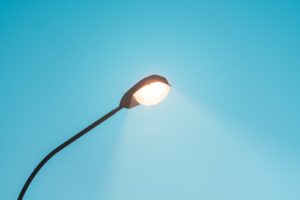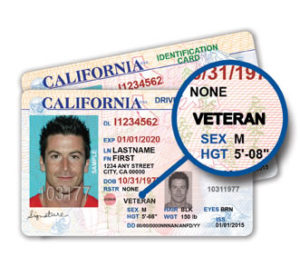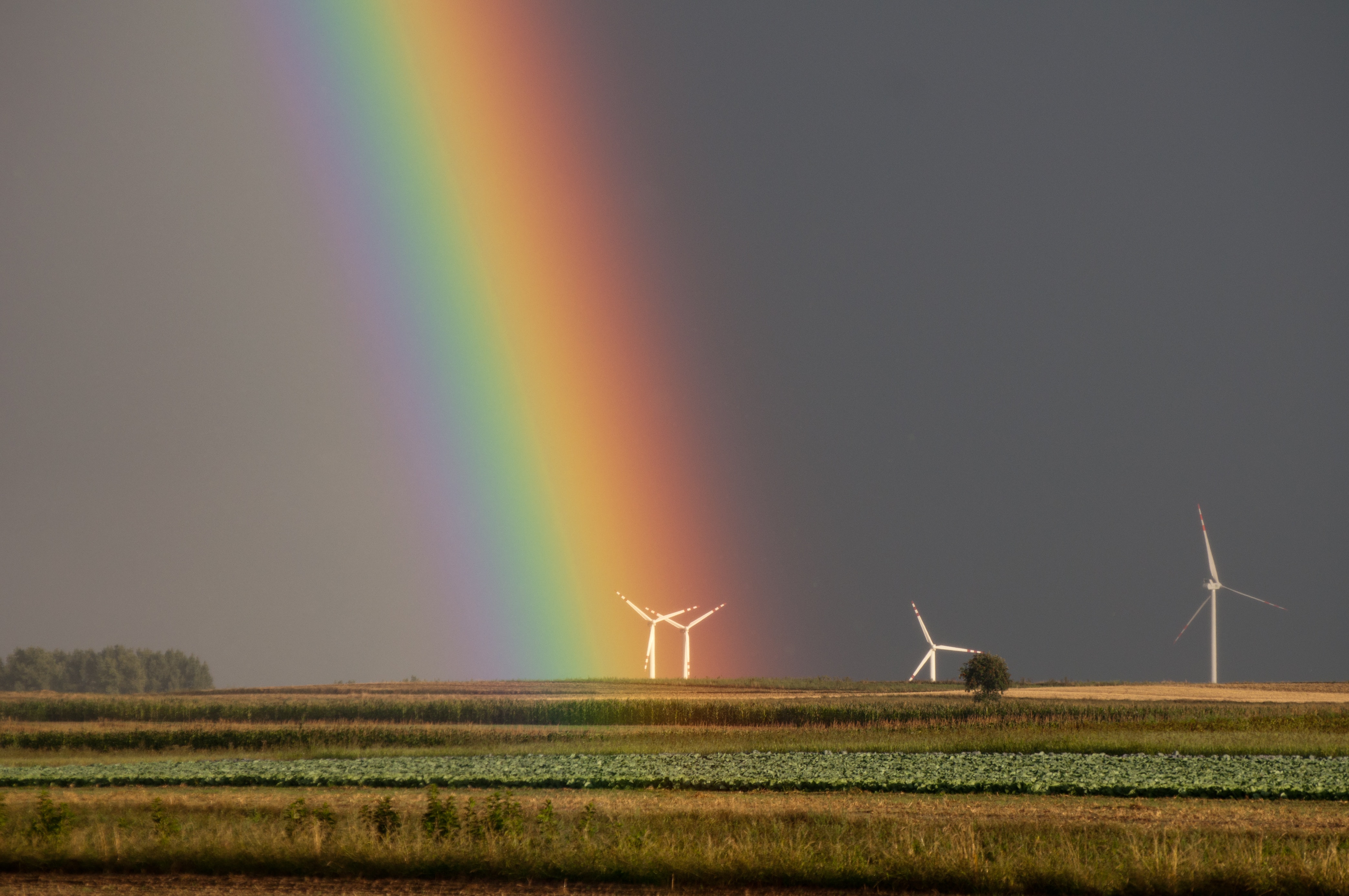
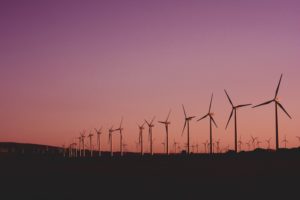
Last month, during its annual conference, the American Wind Energy Association issued a press release trumpeting the growth of wind-energy capacity. It quoted the association’s CEO, Tom Kiernan, who declared that the wind business is “an American success story.”
There’s no doubt that wind-energy capacity has grown substantially in recent years. But that growth has been fueled not by consumer demand, but by billions of dollars’ worth of taxpayer money. According to data from Subsidy Tracker — a database maintained by Good Jobs First, a Washington, D.C.–based organization that promotes “corporate and government accountability in economic development and smart growth for working families” — the total value of the subsidies given to the biggest players in the U.S. wind industry is now $176 billion.
General Electric — the biggest wind-turbine maker in North America — has a seat on AWEA’s board. It has received $1.6 billion in local, state, and federal subsidies and $159 billion in federal loans and loan guarantees. (It’s worth noting that General Electric got into the wind business in 2002 after it bought Enron Wind, a company that helped pioneer the art of renewable-energy rent-seeking.)
NextEra Energy, the largest wind-energy producer in the U.S., has received about 50 grants and tax credits from local, state, and federal entities as well as federal loans and loan guarantees worth $5.5 billion. That’s more than what the veteran crony capitalist Elon Musk has garnered. Last year the Los Angeles Times’s Jerry Hirsch reported that Musk’s companies — Tesla Motors, Solar City, and Space Exploration Technologies — have collected subsidies worth $4.9 billion. NextEra’s haul is also more than what was collected by such energy giants as BP ($315 million) and Chevron ($2.2 billion).
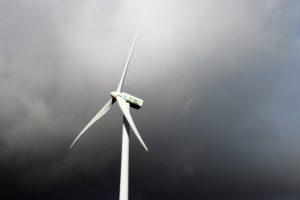
About $6.8 billion in subsidies, loans, and loan guarantees went to foreign corporations, including Iberdrola, Siemens, and E.On. Those three companies, and five other foreign companies, have seats on AWEA’s board of directors.
Many of the companies on the AWEA board will be collecting even more federal subsidies over the next few years. In December, the Congressional Joint Committee on Taxation estimated that the latest renewal of the production tax credit will cost U.S. taxpayers about $3.1 billion per year from now until 2019. That subsidy pays wind-energy companies $23 for each megawatt-hour of electricity they produce.
That’s an astounding level of subsidy. In 2014 and 2015, according to the Energy Information Administration, during times of peak demand, the average wholesale price of electricity was about $50 per megawatt-hour. Last winter in Texas, peak wholesale electricity prices averaged $21 per megawatt hour. Thus, on the national level, wind-energy subsidies are worth nearly half the cost of wholesale power, and in the Texas market, those subsidies can actually exceedthe wholesale price of electricity.
MidAmerican Energy Company, a subsidiary of Berkshire Hathaway, has a seat on AWEA’s board. Berkshire’s subsidy total: $1.5 billion — and it’s primed to collect lots more. In April, the company announced plans to spend $3.6 billion on wind projects in Iowa. Two years ago, Berkshire’s CEO, Warren Buffett, explained why his companies are in the wind business. “We get a tax credit if we build a lot of wind farms. That’s the only reason to build them,” he said. “They don’t make sense without the tax credit.”
‘We get a tax credit if we build a lot of wind farms. That’s the only reason to build them,’ Warren Buffett said.
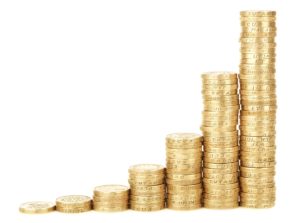
Keep in mind that the $176 billion figure in wind-energy subsidies is a minimum number. It counts only subsidies given to companies on AWEA’s board. Not counted are subsidies handed out to companies like Google, which got part of a $490 million federal cash grant for investing in an Oregon wind project. Nor does it include the $1.5 billion in subsidies given to SunEdison, the now-bankrupt company that used to have a seat on AWEA’s board. (To download the full list of subsidies garnered by AWEA’s board members, click here.)
Nor does that figure include federal money given to J. P. Morgan and Bank of America, both of which have a seat on AWEA’s board. The two banks received federal loans or loan guarantees worth $1.29 trillion and $3.49 trillion, respectively. In an e-mail, Phil Mattera, the research director for Good Jobs First, told me that the loan and loan-guarantee figures for the banks include the federal bailout package known as the Troubled Asset Relief Program as well as “programs instituted by the Federal Reserve in the wake of the financial meltdown.” When all of the subsidies, loans, and loan guarantees given to the companies on AWEA’s board are counted, the grand total comes to a staggering $5.1 trillion.
According to Wikipedia, crony capitalism “may be exhibited by favoritism in the distribution of legal permits, government grants, special tax breaks, or other forms of state interventionism.” Wind-energy companies are getting favoritism on every count. The U.S. Fish and Wildlife Service wants to give those companies permits allowing them to legally kill bald and golden eagles with their turbines for up to 30 years. The industry is getting grants, tax breaks, and loans worth billions. And thanks to federal mandates like the Clean Power Plan and state renewable-energy requirements — nearly all of which are predicated on the specious claim that paving vast swaths of the countryside with wind turbines is going to save us from catastrophic climate change — the industry is surfing a wave of state interventionism.
AWEA’s Kiernan likely has it right. In a country where having a profitable business increasingly requires getting favors from government, the U.S. wind industry is definitely a “success.”
Read the original story here.
